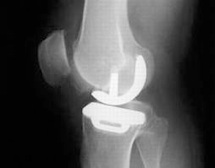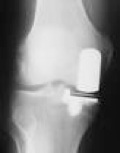uni-compartmental partial knee replacement

oxford
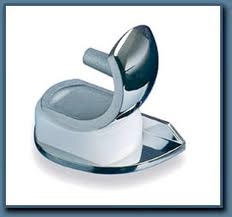
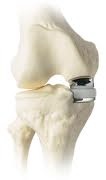
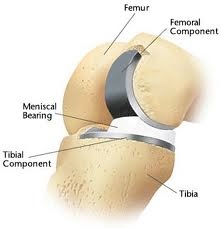
Total Knee Replacement is a very good re-producible operation for patients with knee pain and osteoarthritis affecting two or three compartments in the knee. Many Surgeons over the years have tried to design knee replacements that could replace single compartments rather than replacing the whole knee. Most of these uni-compartmental knees did not survive long term. The Oxford Uni-compartmental knee replacement was designed by John Goodfellow and John O’Connor, and was first implanted in a patient in 1982. It was the first successful uni-compartmental knee replacement to be mass produced. It is the most commonly used uni-compartmental knee replacement in the world.
should i consider it?
Uni-compartmental knee replacement is a technically more challenging operation than a routine total knee replacement. It should be performed by a specialist surgeon. It is only suitable in specific patients with arthritis affecting one compartment and no significant deformities. You also need to have good functioning ligaments.
The advantages of uni-compartmental knee replacement are a quicker recovery time, better range of motion earlier and a smaller scar. It is usually easy to revise to a standard Total Knee Replacement in the future depending on the amount of bone preserved. The published survivorship from Oxford is similar to routine Total Knee Replacement patients, but national figures show a slightly lower survivorship overall.
It is suitable for old or young patients, but there are concerns about obese patients.
There are a couple of risks unique to uni-compartmental knee replacements compared to Total Knee Replacements.
-
1.Meniscal Bearing dislocation (0-3% quoted)
(see x-ray on the right)
-
2.Pain from other areas of the knee
Because only one compartment is replaced it is possible for a patient to develop symptoms from another part of the knee. This can be the reason a uni-compartmental knee replacement is revised to a Total Knee Replacement.
Further information about Oxford Uni-compartmental Knee Replacement can be found here
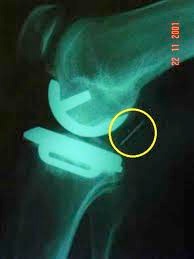
The yellow circle above highlights the plastic meniscal bearing which has dislocated. It is normally located between the 2 metal components as seen below.
